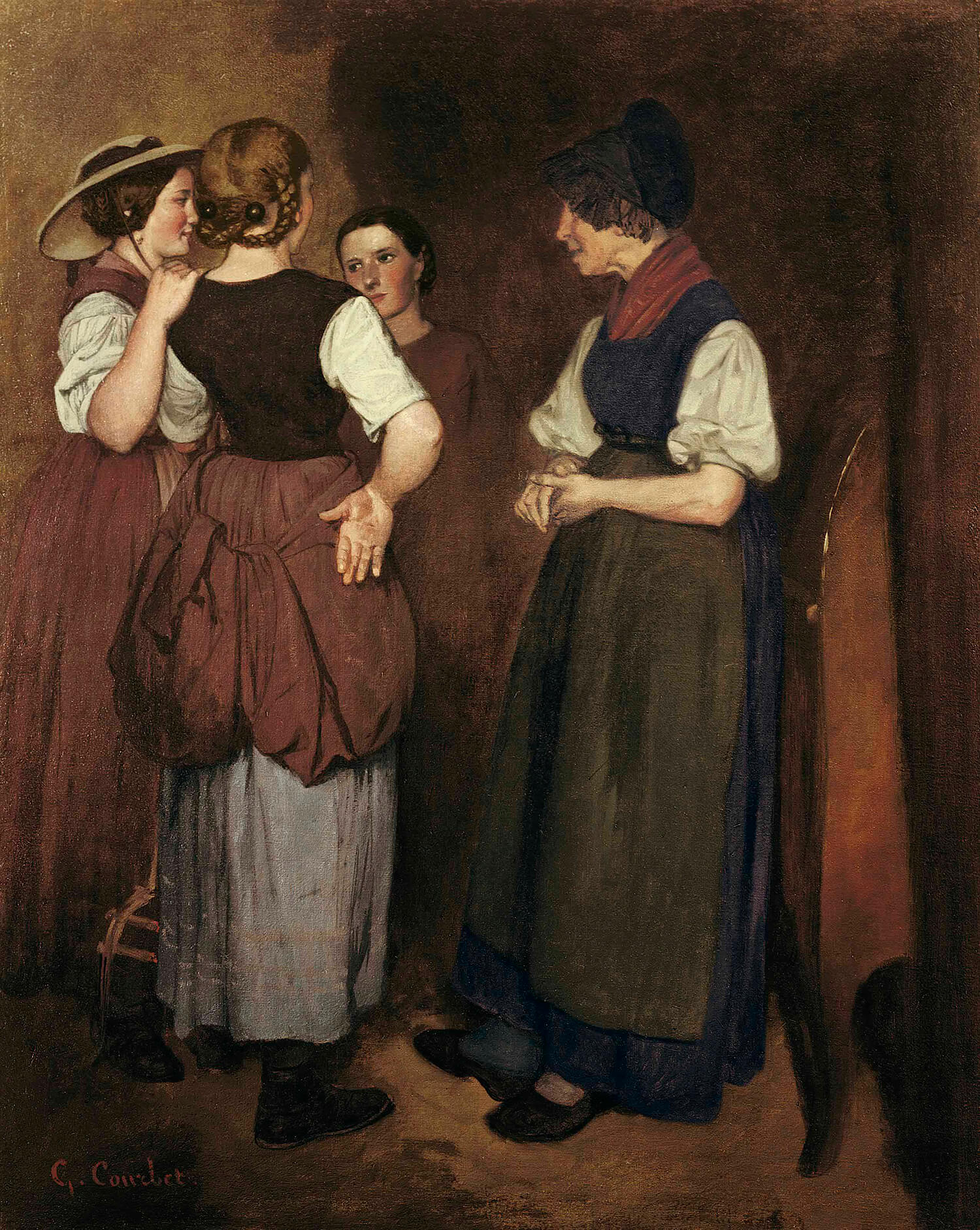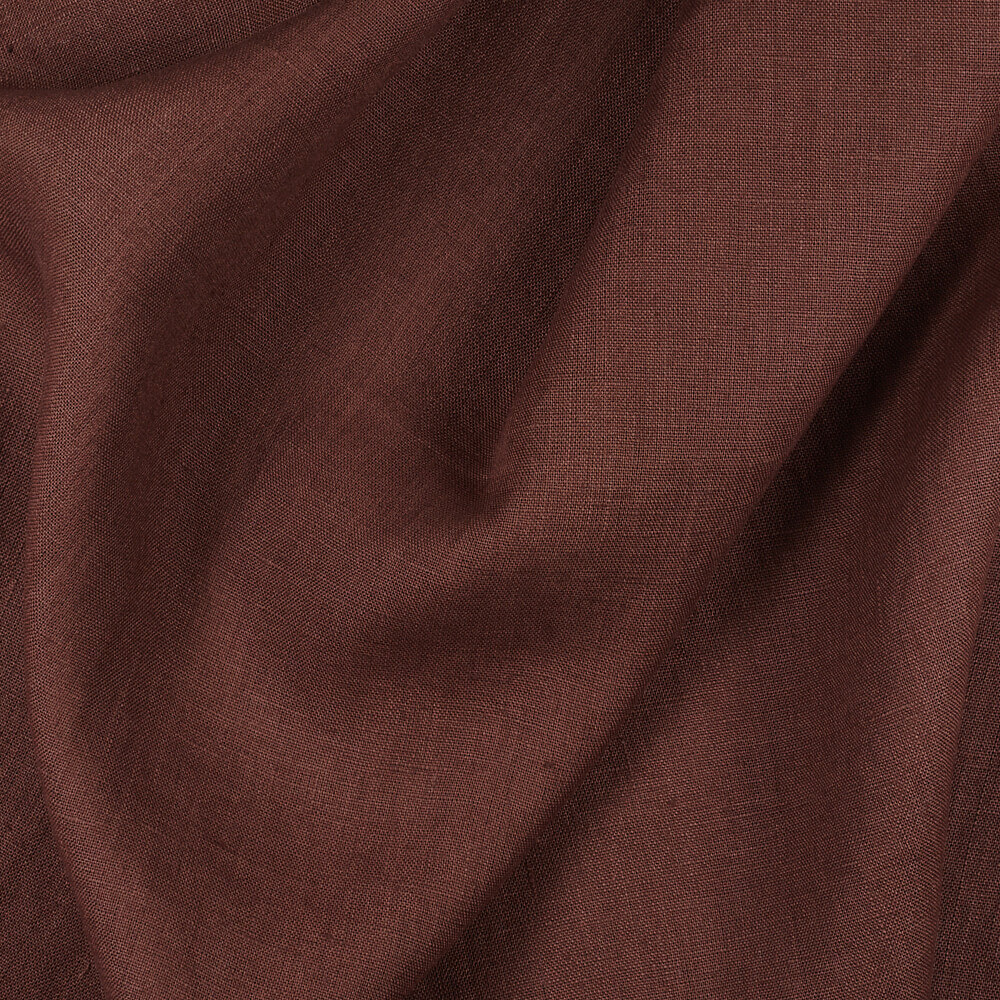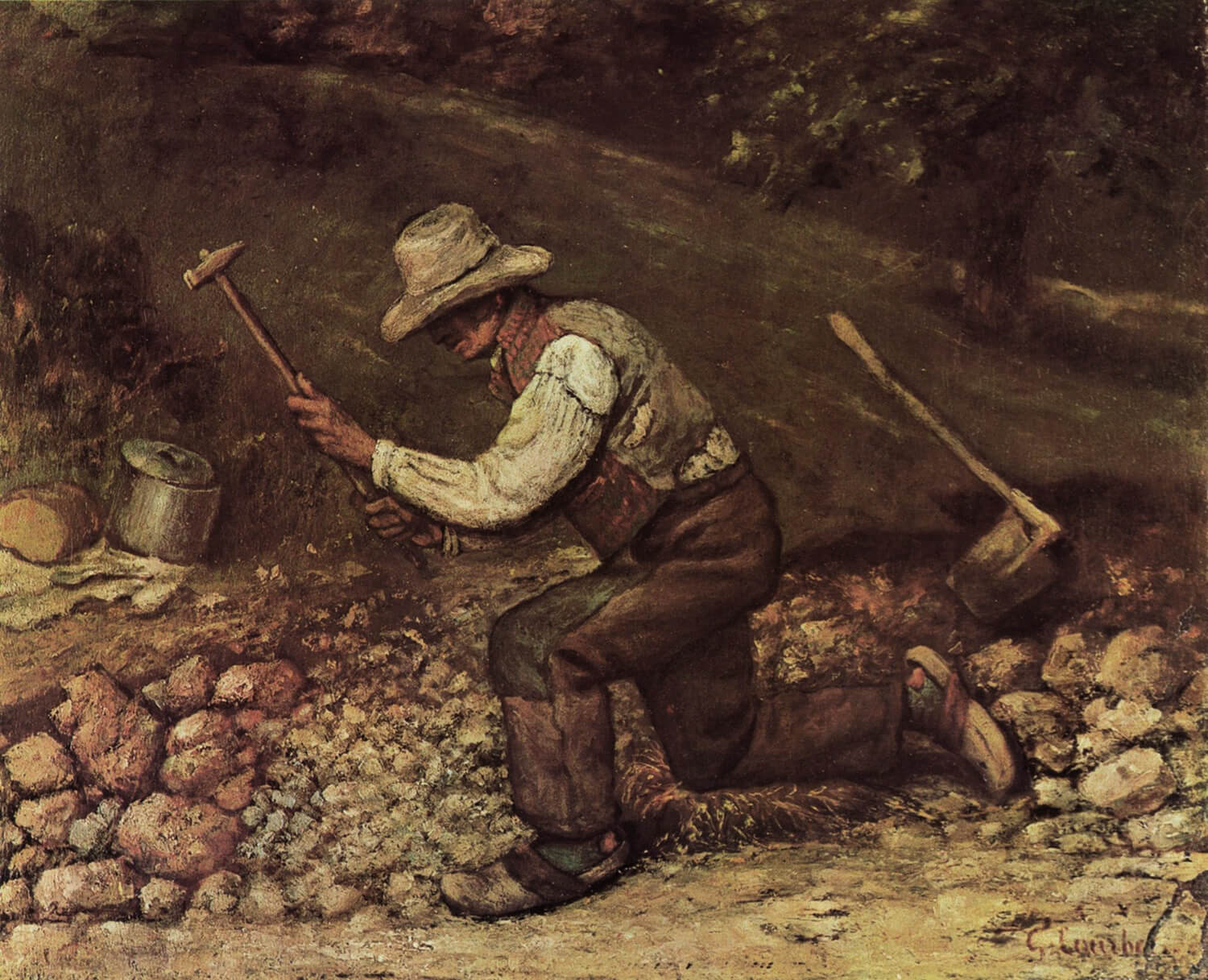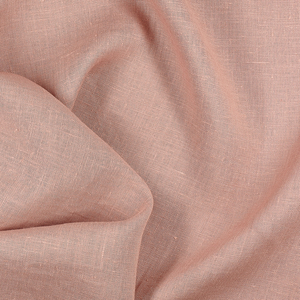FS Colour Series: BROWN STONE Inspired by Gustave Courbet’s Rustic Naturalism
French painter Gustave Courbet is best-known as the father of Realism, who painted stirring portrayals of ordinary life and real working people with great pathos and understanding. As such, rustic, naturalistic browns like BROWN STONE were a vital ingredient in his storytelling capacities, allowing him to convey the earthy, rugged realism of life as it played out in 19th century France. From brooding portraits to tense, dramatically-lit landscapes, this deep brown appeared in many of his most celebrated works of art, and became widely influential, shaping the colour schemes of painters working across French Realism and the Barbizon School.
Courbet was born in 1819 in Ornans, France to a family of farmers. In 1839 he travelled to Paris with the steely determination of becoming a painter. Courbet received no formal training; instead, he taught himself through copying a series of old master paintings in the Louvre, particularly those of Rembrandt van Rijn and Anthony van Dyck. Although he was determined to find success in Paris, he never forgot the place where he was born and raised. So much so, in the 1840s he began painting people and scenes from rural life in Ornans, focussing on portraits, family and rural landscapes that celebrate the honest truth and rugged ruralism of the place where he had laid down roots.
Courbet found success in the Parisian Salon throughout this time, scooping up a series of awards for his evocative, lyrical portrayals of country life and skillful portraits. But towards the later 1840s as his confidence in painting grew Courbet became increasingly daring and provocative, honing in on an unidealized depiction of real people and the ordinary, even ‘lowly’ aspects of normal life as a means of celebrating the plight of working people. In Les Récits de la Grand-Mère Salvan (Les trois soeurs de Courbet), 1846-1847, Courbet paints his three sisters posted in a pastoral scene, dressed in a series of rich brown, russet and chocolate shades, while the older women in the centre is the Grand-mere Salvan, a home help who appears to be recounting a story to them. Courbet thereby celebrates the oral storytelling traditions that once coloured the childhood he had shared with his sisters.
Courbet’s painting The Cellist, Self Portrait, 1847, is one of many self-portraits which capture a snapshot, mid-action moment, flying in the face of the staid, posed portraits that filled the walls of the Parisian Salon. The artist portrays himself as if caught in the midst of playing his cello, one hand holding the bow, and the other pressing the strings, head raised to catch glowing embers of light. Warm, iridescent shades of caramel, sienna and brown dominate the entire scene, enveloping him in velvety darkness, demonstrating Courbet’s admiration of Dutch Golden Age painters.
Made just a few years later, Courbet’s painting The Stone Breaker, 1849, is one of a series of artworks Courbet made of such rural workers carrying out their back-breaking work in the great outdoors. The paintings caused shock and provocation amongst Parisian art audiences not used to seeing such ordinary, ‘lowly’ subjects elevated into works of art. We see in this painting how Courbet approached the subject with a deliberate lack of grandiosity or romanticism, instead emphasising the direct, honest truth of real hard work in dry, barren surroundings. His tireless worker is suspended forever in a state of motion, tool raised into the air, surrounded by dry rocks and dirty rubble. Yet Courbet’s portrayal of the seemingly banal subject is filled with great warmth, character and understanding, a blend of rich and harmonious golden, caramel and brown tones that colour both the man’s work clothes and the scene around him, celebrating the close, harmonious relationship such rural workers had with the land.

















































Leave a comment